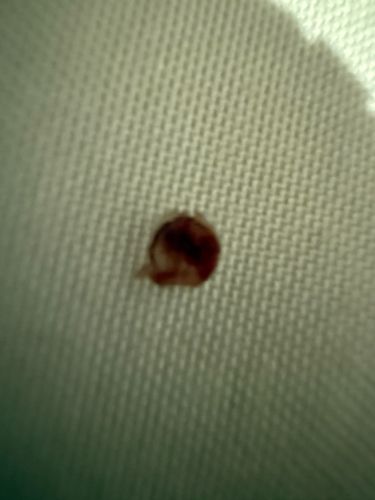Bed Bug
Scientific Name: Cimex lectularius
Order & Family: Hemiptera (order), Cimicidae (family)
Size: Adults are typically 4-5 mm (0.16-0.20 inches) in length, about the size of an apple seed.

Natural Habitat
Primarily lives in human dwellings, particularly in beds, mattresses, bed frames, cracks in walls, and furniture. They prefer dark, secluded places close to their human hosts.
Diet & Feeding
Exclusively blood-feeders. They feed on the blood of humans and, less commonly, other warm-blooded animals. They typically feed at night.
Behavior Patterns
Nocturnal insects, emerging from their hiding places to feed on sleeping hosts. They are attracted to warmth and carbon dioxide. They often leave a characteristic pattern of bites (sometimes in a line or cluster). Females lay eggs in crevices. They can survive for several months without feeding.
Risks & Benefits
Potential Risks: Bed bug bites can cause itchy welts, skin irritation, and insomnia. While not known to transmit diseases, their bites can lead to secondary skin infections from scratching. They are a significant nuisance and can cause psychological distress. Potential Benefits: No known direct benefits to humans or the ecosystem, generally considered a pest.
Identified on: 11/3/2025